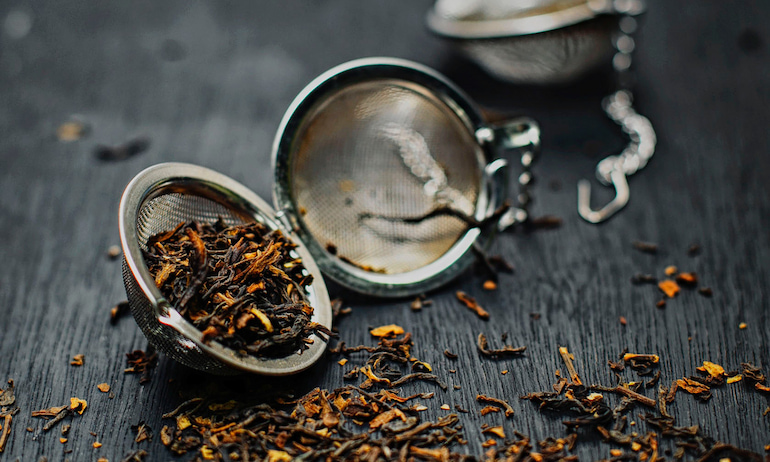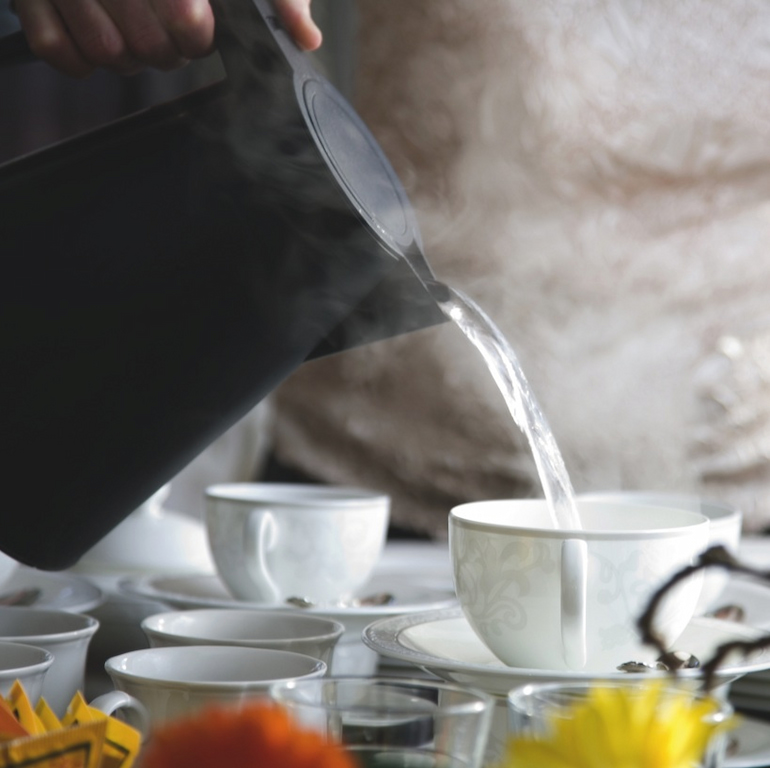9.8 million Australians, or almost half of the total population, consume tea at least once a week. According to Roy Morgan Research, Australians drink an average of 9.5 cups per person per week, and almost all of it comes from tea bags. However, loose-leaf tea is better for the environment and your health, it tastes stronger and is more flavorful. What more could one ask for?
Brewing loose-leaf tea can be scary for people who are new to it, particularly if your first experience included a flashy sample in the traditional gong fu cha style. While specialised teaware and intricate brewing techniques enrich the process, making the ideal cup of tea doesn’t have to be that complicated.

What’s more, the brewing equipment is straightforward – all you need are containers and quality tea leaf strainers. You can brew excellent tea in any situation using the three flexible steps in this article.
Get Quality Leaves
The most important aspect of a good cuppa is the quality of your tea leaves. Yet this step can also be the most challenging.
The majority of tea that is widely available in supermarkets and other mass markets is of a low grade, made from leaves that are swiftly cultivated, chopped or ground into a fine powder, and frequently flavoured with artificial flavours. Small leaf fragments enable quick extraction of bitter tannins, rapid development inhibits the tea plant from producing complex flavour compounds, and flavourings or additions are insufficient to cover up the defects of these inferior teas.
Furthermore, the quality of whole-leaf alternatives might vary greatly depending on the terroir, the time of harvest, and the procedures used in preparation. Online purchasing, regrettably, limits the possibility of sampling most of the time. Reputable retailers often provide tastings to illustrate quality when making in-person purchases.
The best course of action is to choose teas from a reliable retailer that carries a well-curated range and upholds high standards. High-quality tea vendors should be able and willing to provide information about the variety, provenance, harvest date, and manufacturing processes of each of their teas.
In light of this, choosing a tea that suits your palate is important. Flavour quality is always a personal preference; the rarest or most costly tea is not always the one you’ll appreciate the best.
Pour Some Hot Water
Put the leaves in a container with hot water. This might be a mug, a bowl, or a paper to-go cup, but it could also be a teapot or a gaiwan. In another container, warm the water. Keep the water and leaves separate until it reaches the desired temperature, whether you’re using an electric kettle or another cup in the microwave.

Very few teas benefit from being brewed with thoroughly boiled water. It can be challenging to judge the ideal temperature before the water boils, but it is simple to allow the water to sit after it has boiled until it has begun to cool. Try putting the hot water into an empty mug or pitcher to hasten the chilling process.
Lowering the temperature of your water is a smart place to start if you frequently find your tea to be bitter. On the other hand, using hotter water will accelerate the extraction of flavour ingredients if you notice that the flavour of your tea is lacking. The quality of your tea is undoubtedly at blame if you notice that the brew quickly transitions from weak to bitter with little to no wiggle room in between.
Strain the Leaves from the Brewed Tea
This step is frequently skipped, yet it can be crucial to the final cup’s flavour. If you’ve ever left a mug of tea steeping while you forgot about it, you’re aware that over-brewed tea is rarely enjoyable.
Separating the leaves from the water will provide a rich taste while preventing bitterness, regardless of whether you’re brewing loose leaves or tea in a bag. You can simply use a plate to drain loose leaves (like pasta) as you pour from one mug into another, or you can use one of the specialised tea leaf strainers.
Once again, you can modify this step to whatever tools you have on hand. However, most find it more practical to use a strainer, also called a tea infuser. This way, you won’t have to strain the tea into a different container – you can simply place the leaves in the infuser/strainer, and take it out once the brewing time is completed.
For your strainer, stainless steel is a must-have material. You want something that will hold up over time, won’t corrode, and won’t deform. Additionally, it’s also much easier to clean – most of the time, you simply need to put the strainer under running water. Look for a strainer with an extra fine steel weave for the most flexibility.

